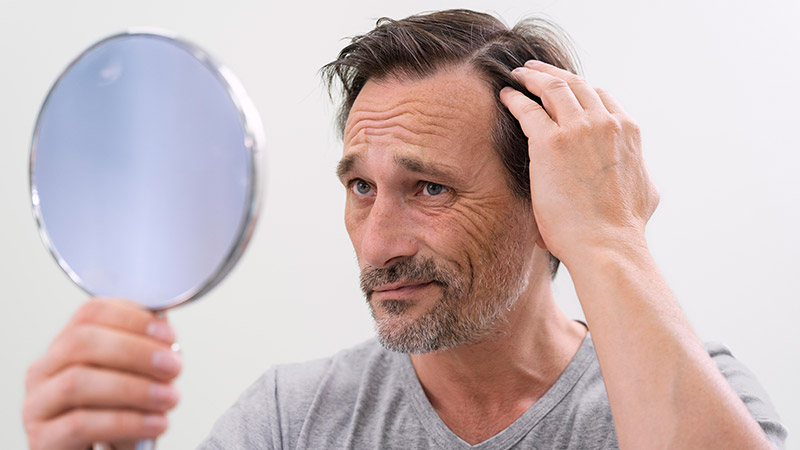
In this guide, we compare Hair Loss and Hair Shedding. Hair loss and hair shedding are related but distinct terms used to describe different aspects of hair growth and hair fall.
Hair Loss vs Hair Shedding
Hair shedding refers to the normal, natural process by which hair strands reach the end of their growth cycle and fall out. It is a part of the hair’s natural life cycle and typically occurs without any noticeable changes in the overall thickness or volume of the hair. On average, a person sheds around 50 to 100 hairs per day. Shedding is a natural mechanism that allows new hair strands to replace the old ones.
Hair loss, on the other hand, refers to the condition where there is a significant and noticeable reduction in hair density or volume. Hair loss can occur due to a variety of factors, including genetics, hormonal changes, medical conditions, nutritional deficiencies, stress, and certain medications. Unlike hair shedding, hair loss may result in visible thinning of the hair, receding hairline, or even bald patches.
The most common cause of hair loss is hereditary and often referred to as male or female pattern baldness. It is influenced by genes inherited from both parents and can result in progressive hair thinning or baldness over time. Hormonal fluctuations can also contribute to hair loss. Conditions such as pregnancy, childbirth, menopause, and hormonal imbalances (e.g., polycystic ovary syndrome) can disrupt the hair growth cycle and lead to temporary or permanent hair loss.
To summarize:
Hair shedding is a normal process where hair strands reach the end of their growth cycle and naturally fall out. It is a daily occurrence and does not usually result in noticeable hair thinning.
Hair loss is a condition characterized by a significant and noticeable reduction in hair density or volume. It can be caused by various factors and may lead to visible thinning or baldness.
It’s important to note that if you’re concerned about excessive hair shedding or hair loss, it’s recommended to consult with a medical professional or a dermatologist who can provide a proper diagnosis and guidance for treatment options.